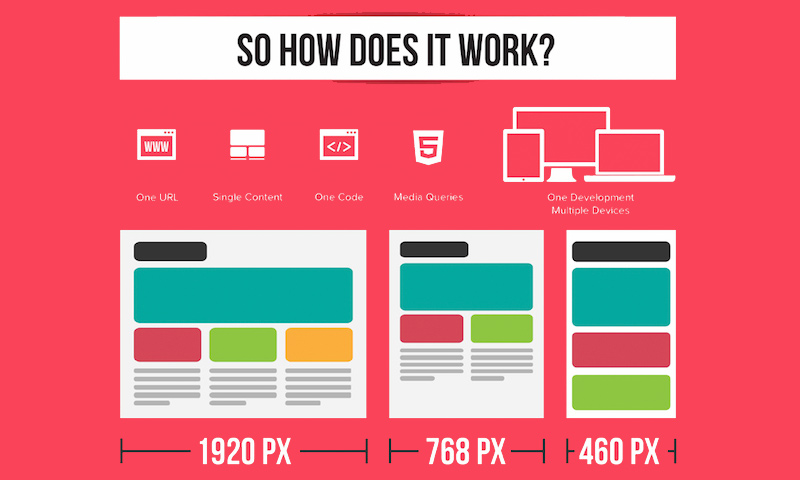Interested In Finding Out Just How Internet Site Layout Has Evolved Over The Years? Explore The Journey From Uncomplicated Styles To User-Centered Approaches
Interested In Finding Out Just How Internet Site Layout Has Evolved Over The Years? Explore The Journey From Uncomplicated Styles To User-Centered Approaches
Blog Article
Article Author-Pappas Stender
In the past, sites were simple and focused on details. Navigation was straight, and style was for desktop computers. Currently, individual experience is vital. Information guides designs for very easy navigation. Responsive designs match various devices. Today, dark setting reduces pressure, and minimal food selections enhance navigating. Interactive functions engage users, and vibrant visuals stand apart. AI combination boosts involvement. See just how layout has advanced to enhance your online journey.
Early Days of Website Design
In the early days of website design, simpleness reigned supreme. Websites were fundamental, with restricted shades, fonts, and designs. The emphasis got on giving info as opposed to fancy visuals. Customers accessed the web through slow-moving dial-up connections, so rate and performance were vital.
Navigating food selections were straightforward, usually located on top or side of the page. Web sites were designed for desktop, as mobile browsing wasn't yet common. simply click the up coming internet page was king, and designers prioritized simple readability over complicated layout components.
HTML was the primary coding language utilized, and designers needed to work within its restrictions. Animations and interactive features were minimal compared to today's requirements. Web sites were fixed, with little dynamic content or individualized individual experiences.
Surge of User-Focused Design
With the evolution of site layout, a change towards user-focused layout concepts has become increasingly popular. Today, developing websites that prioritize individual experience is vital for involving visitors and accomplishing company objectives. User-focused layout entails understanding the needs, preferences, and behaviors of your target audience to customize the internet site's design, web content, and includes as necessary.
Designers now carry out thorough study, such as individual surveys and functionality screening, to gather understandings and feedback directly from customers. This data-driven technique aids in developing instinctive navigating, clear calls-to-action, and visually attractive interfaces that reverberate with site visitors. By placing the individual at the facility of the design procedure, websites can provide a more tailored and pleasurable experience.
Responsive design has actually likewise become a crucial facet of user-focused design, ensuring that websites are maximized for various tools and display sizes. This adaptability improves accessibility and use, catering to the diverse ways users communicate with internet sites today. Basically, the surge of user-focused design symbolizes a shift towards producing digital experiences that prioritize the requirements and assumptions of completion user.
Modern Trends in Website Design
Discover the most up to date trends forming website design today. One noticeable pattern is dark mode design, providing a sleek and modern-day appearance while decreasing eye stress in low-light settings. Another essential pattern is minimal navigating, simplifying food selections and boosting individual experience by concentrating on essential elements. Incorporating micro-interactions, such as computer animated switches or scrolling results, can create an extra interesting and interactive web site. Responsive layout stays important, ensuring smooth customer experiences throughout different devices. Furthermore, utilizing bold typography and unbalanced layouts can add visual passion and draw attention to particular content.
Integrating AI innovation, like chatbots for client support or individualized referrals, enhances customer engagement and simplifies processes. Accessibility has also become a significant pattern, with developers focusing on inclusive style methods to accommodate diverse individual demands. Embracing sustainability by optimizing web site efficiency for rate and efficiency is another emerging fad in website design. Collaborating with user feedback and information analytics to repeat and improve design continuously is important for remaining relevant in the ever-evolving digital landscape. By embracing these contemporary trends, you can create a visually attractive, user-friendly web site that resonates with your audience.
Conclusion
As you review the evolution of web site design from the very early days to currently, you can see how user-focused style has actually come to be the driving force behind modern trends.
Embrace the trip of change and adaptation in website design, constantly keeping the individual experience at the leading edge.
Remain current with the latest fads and technologies, and never ever quit developing your method to develop aesthetically stunning and straightforward internet sites.
Develop, adapt, and create - you could try these out of web design is in your hands.
